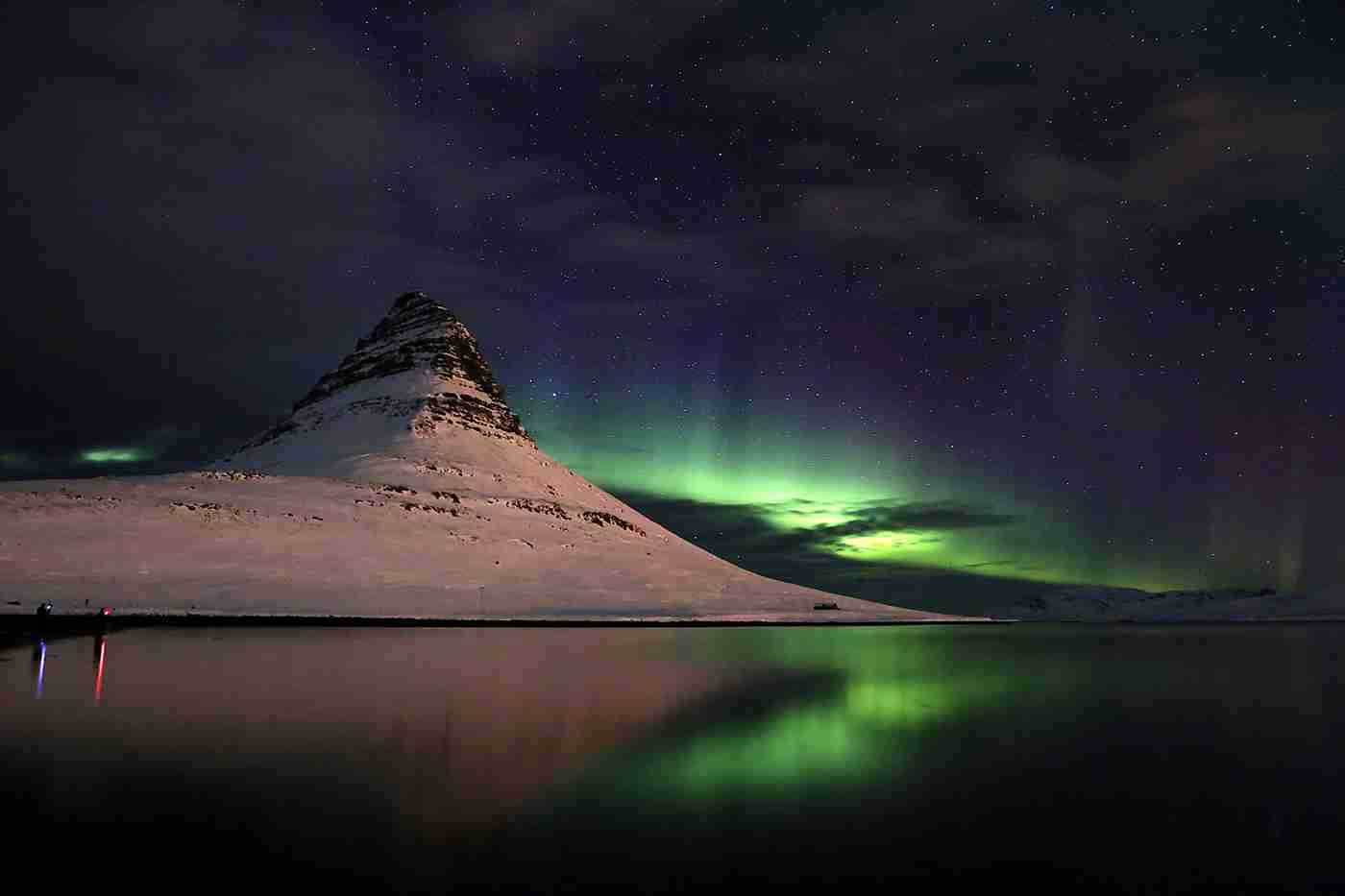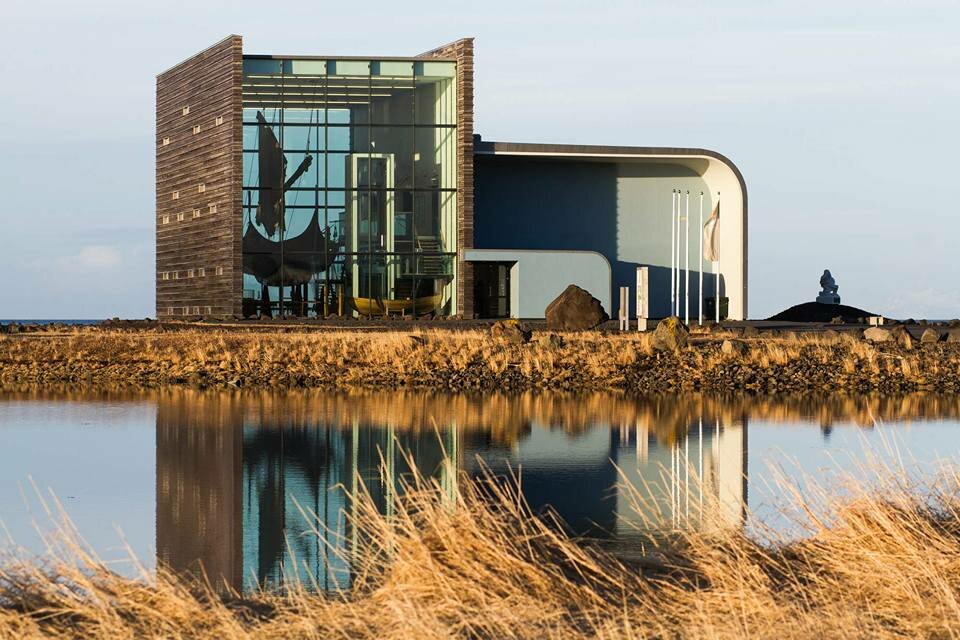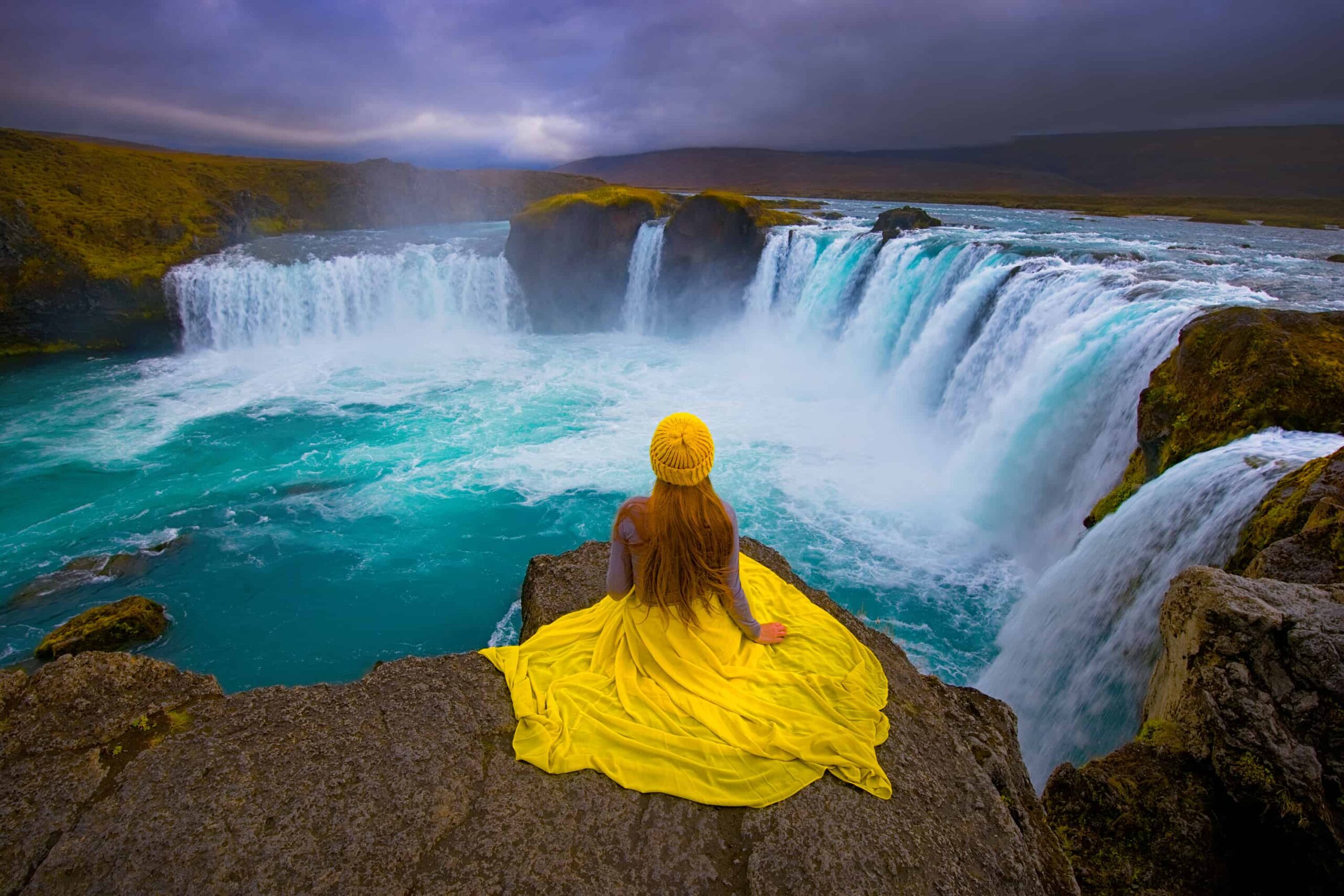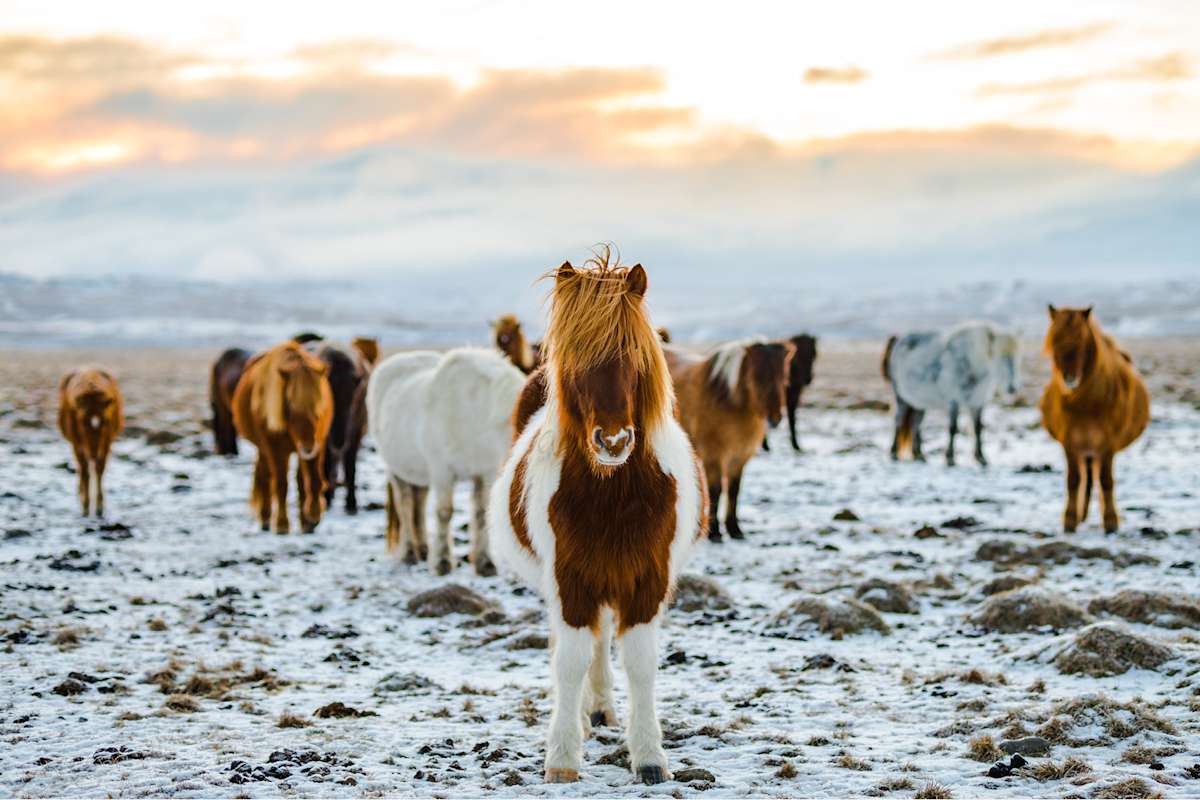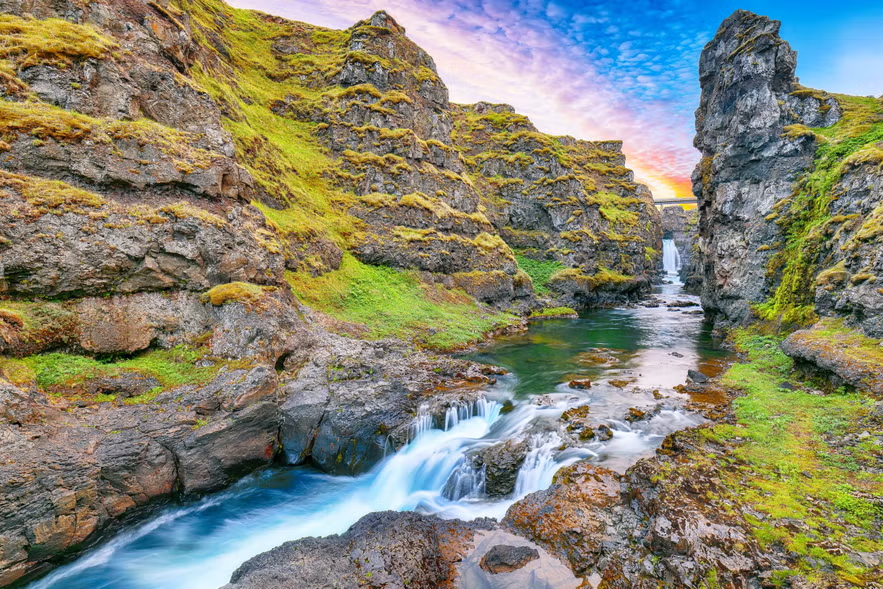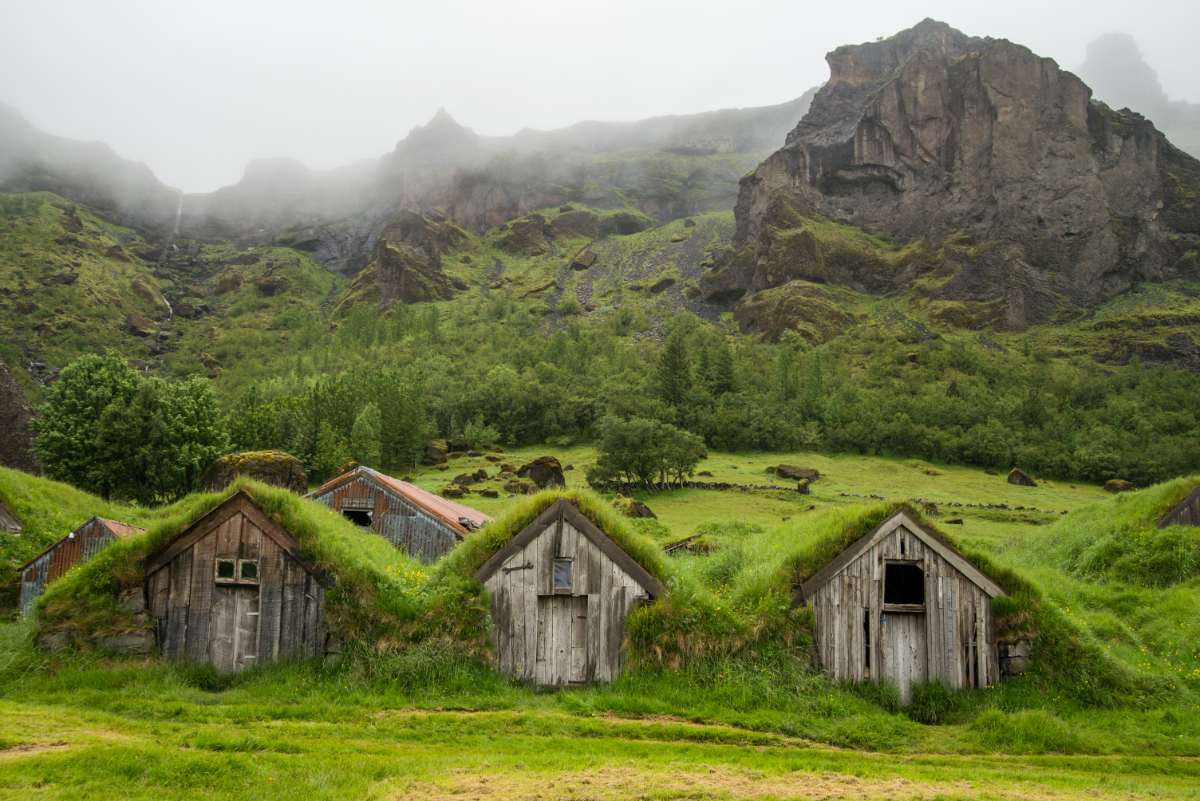The History of Reykjavik: From Viking Settlement to Capital
Category
Categories
Travel Guide
Type
Glacier Lagoons, Bird Sights
Destination
Vatnajokull national Park
High season
Jun - Aug & Nov - Jan
Area
18 sq km
Outflow
Atlantic Ocean
Popular articles
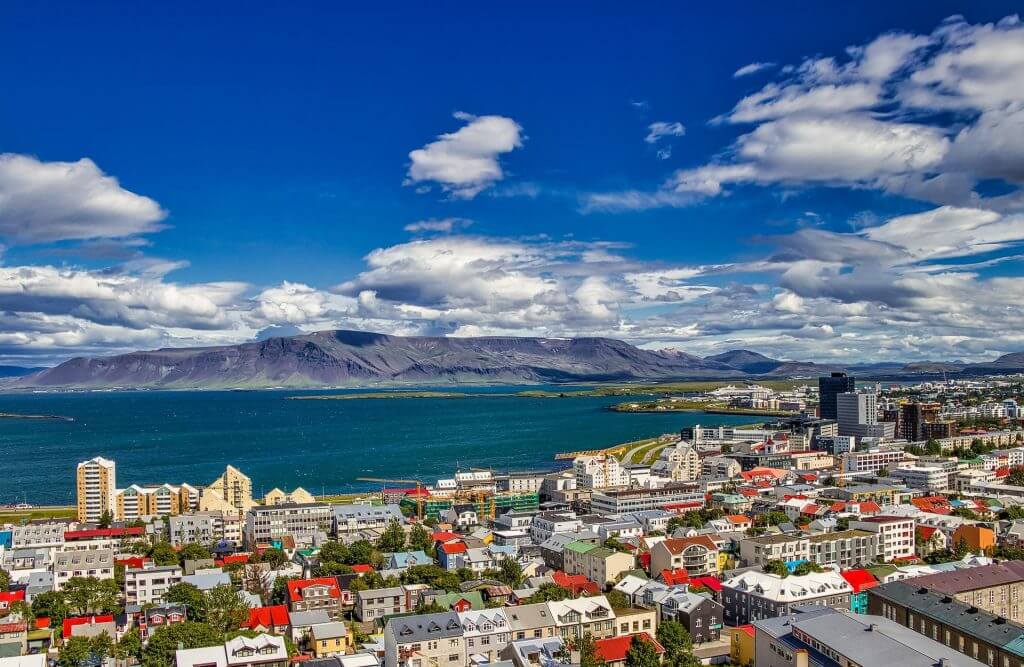
Introduction
Iceland, the aptly named ‘Land of Fire and Ice,’ is a country that inspiring awe through its stark contrasts and bewitching landscapes. The capital city of Reykjavik beautifully embodies this contrast. This buzzing metropolis, nestled calmly against the picturesque backdrop of Mount Esja, is a portal into the country’s rich Viking history and a hub of contemporary Icelandic culture. It’s a city that effortlessly unites the old with the new, shaping an irresistible blend of adventure, heritage, gastronomy, and untouched natural beauty. From the rugged coastline to the vibrant city streets, Reykjavik’s story is as mesmerizing as its midnight sun.
Viking Settlement
Reykjavik’s story begins around 874 AD, when Norseman Ingólfur Arnarson sailed from his homeland, Norway, in search of new lands. According to folklore, Ingólfur threw his wooden seat pillars, or “Öndvegissúlur,” into the sea. Where they drifted ashore, he decided, is where he would establish a settlement in this untamed land of glaciers and geysers.
This spot, he believed, was divinely chosen, and named it Reykjavik, meaning ‘Smoky Bay,’ inspired by the steam rising from the city’s abundant geothermal vents. Walking through the streets of Old Reykjavik, you can almost hear the echoes of thunderous Viking gatherings and see the spectral outlines of longhouses peppered across the landscape.
Tips: Visit the Settlement Exhibition, a fascinating museum where you can explore archaeological remains dating back to the Viking Age. The National Museum of Iceland, steps away from central Reykjavik, offers further insight into the history and culture of the city and country alike.
Modern Evolution and Cultural Significance
Reykjavik’s transformation from Viking settlement to bustling metropolis was not a quick one. For centuries, it remained a rural, agrarian society, with a sparse population scattered across the coastal plain. It wasn’t until the late 19th century that the city began to take shape.
A significant development was the moving of the Alþingi, the national parliament, from Þingvellir to Reykjavik in 1845. This marked the city’s evolution from a rural township to the cultural, economic, and political heartbeat of Iceland.
Today, Reykjavik is the world’s northernmost capital, home to cutting-edge design, an innovative music scene, a literary heritage boasting a Nobel laureate, and a food and drink culture that interweaves old traditions with new trends. Summers here see streets bustling with festival-goers, while winter blankets the city under a cover of snow, with the Northern Lights paint the sky above in shades of green and red.
Tips: A stroll down Laugavegur, the main shopping street, provides insight into the city’s contemporary culture. The Harpa Concert Hall, the stunning architectural jewel by the harbor, regularly hosts concerts showcasing the nation’s illustrious musical talent.
Reykjavik and its Natural Grandeur
While Reykjavik’s cultural attractions are abundant, the magic lies in the balance it strikes with nature. Framed by the icy blue waters of Faxaflói Bay and watched over by Mount Esja, the city is a stone’s throw from several awe-inspiring natural attractions.
From witnessing the humpback whales frolic in the bay to soaking in the steaming waters of the Nauthólsvík geothermal beach, nature is an integral part of the Reykjavik experience.
Extra Experiences: Only a short drive from the city center are the iconic Golden Circle route and the Blue Lagoon geothermal spa, both offering immersive encounters with Iceland’s unparalleled natural beauty.
Conclusion
Reykjavik is more than just a city; it is the heart of Iceland, a country where nature and culture intertwine like the ancient Celtic knot. Its history has been carved by ice and fire, etched by Vikings, and painted in the ethereal hues of the Aurora Borealis. From the sacred beginnings of the first settlement to its rapidly evolving present, Reykjavik remains a city rooted in past traditions and turned towards future potentials. So, prepare your senses for a destination that defies description and start your enchanting journey to Reykjavik, the fiery, icy, historical, yet contemporary capital of Iceland.

